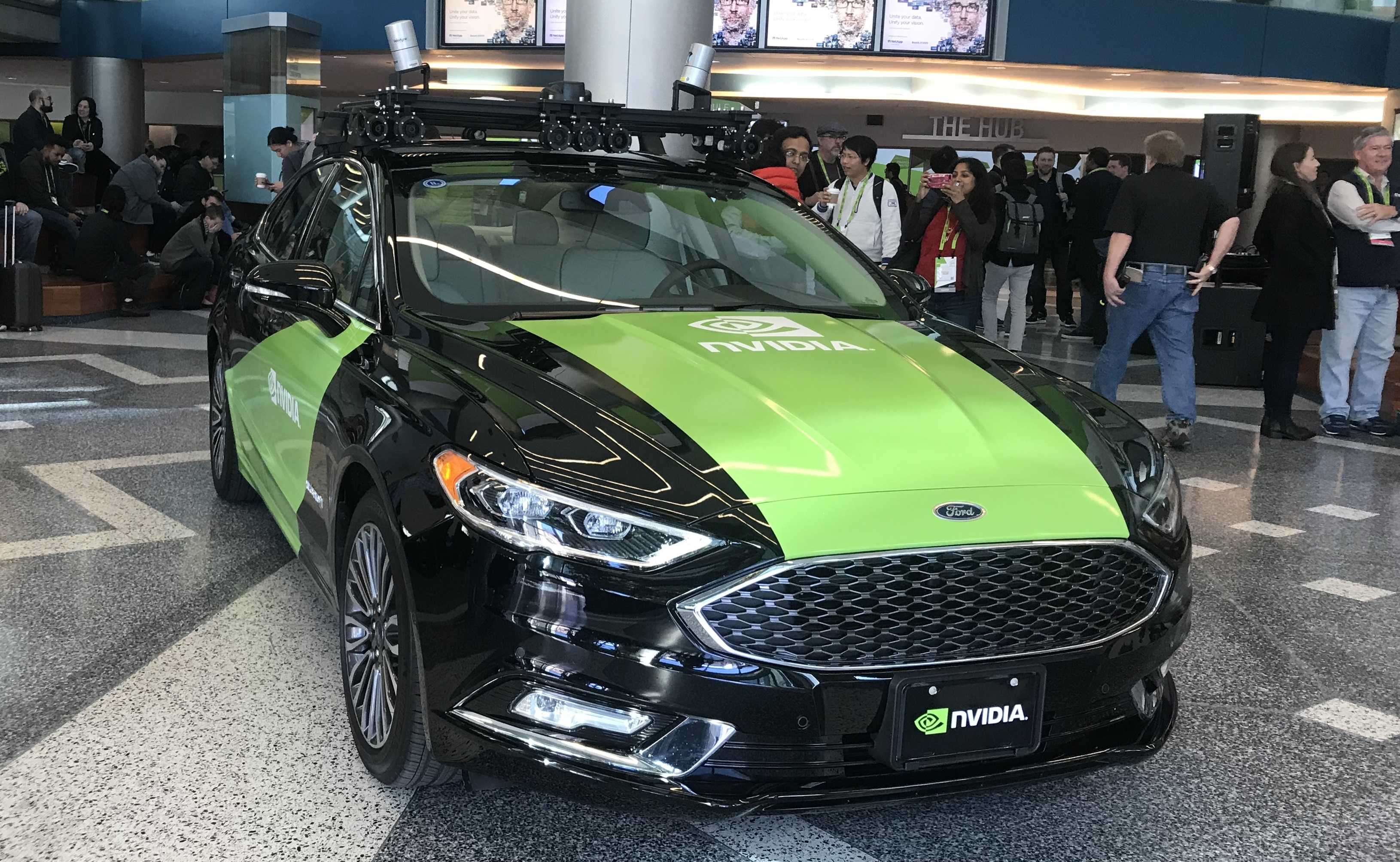Nvidia CEO: Give Uber a chance to explain driverless car incident

Earlier on Tuesday, Nvidia quietly paused its self-driving tests following the passing of a female pedestrian after she was struck by an Uber car operating in autonomous mode in Tempe, Arizona, last week.
An Nvidia spokesperson had told ZDNet at the company's annual GPU Technology Conference in San Jose that the accident was a tragic reminder of how difficult self-driving car technology is, and that it needs to be approached with extreme caution.
But with around 370 organisations globally using Nvidia technology in some way to develop autonomous vehicles, Nvidia needed to do the right thing, which, according to CEO and founder Jensen Huang, is to be "good engineers" and reassess the ecosystem.
Speaking with media after his keynote on Tuesday, Huang was asked by Reuters whether Uber had made the mistake of pushing the boundaries too soon.
"We should give Uber the chance and an opportunity to understand exactly what happened -- and they'll come out and explain it, they've got fantastic computer scientists," Huang said in response.
"And they're people who are intensely serious about doing it safely, and I can assure you they are equally crushed ... they're going to look into it ... and until then, I won't judge them."
While Huang said Nvidia doesn't know exactly what happened in Arizona, he did ask that Uber be given the opportunity to assess the situation and explain it when the company is ready.
"We've got to give them a chance. But clearly, and surely, you must know that all the engineers care deeply about it," he continued.
"It's a reminder of why we're doing this -- we believe it will save lives."
Huang was referring to the company's Drive Constellation autonomous vehicle testing simulation system.
Announced during the CEO's keynote, Drive Constellation uses photorealistic simulation via virtual reality in a bid to speed up the delivery of autonomous cars in a safer and more scalable way.
"We use extreme caution and the best practices that we know how in testing our cars," he added.
"First of all, it is of course a safety concern; our engineers are in the car, and so it's something that we take incredibly seriously. The reason why we suspended them was very simple: Obviously there's a new data point that just happened as a result of the accident last week, we should, as good engineers, sit and wait to see if we can learn something from that experience."
While Huang conceded that Nvidia doesn't know of anything it could do differently as a result, he said the opportunity to learn from the incident must be taken.
"We're going to wait -- and it won't take long -- to see what we can learn from the incident," he said. "We use extreme caution anyway, but in the meantime we'll do all of our testing in simulation."
Disclaimer: Asha Barbaschow travelled to GTC as a guest of Nvidia
PREVIOUS AND RELATED COVERAGE
Arizona governor halts Uber self-driving cars after fatal crash
Park it: Following a deadly incident with a self-driving Uber, Arizona's governor is suspending Uber's autonomous driving tests in the state.
Waymo, Jaguar Land Rover form autonomous driving partnership
Waymo plans to add up to 20,000 Jaguar I-PACEs to its self-driving car fleet from 2020.
Toyota looks to bring Uber's autonomous driving tech to minivans
Uber and Toyota are in talks to use the ride-hailing service's self-driving technologies in a Toyota minivan model.
Self-driving Uber crash that killed pedestrian should have been avoided, experts say(TechRepublic)
It is not yet known why the software in the Uber driverless car did not register the pedestrian or stop, according to experts.
